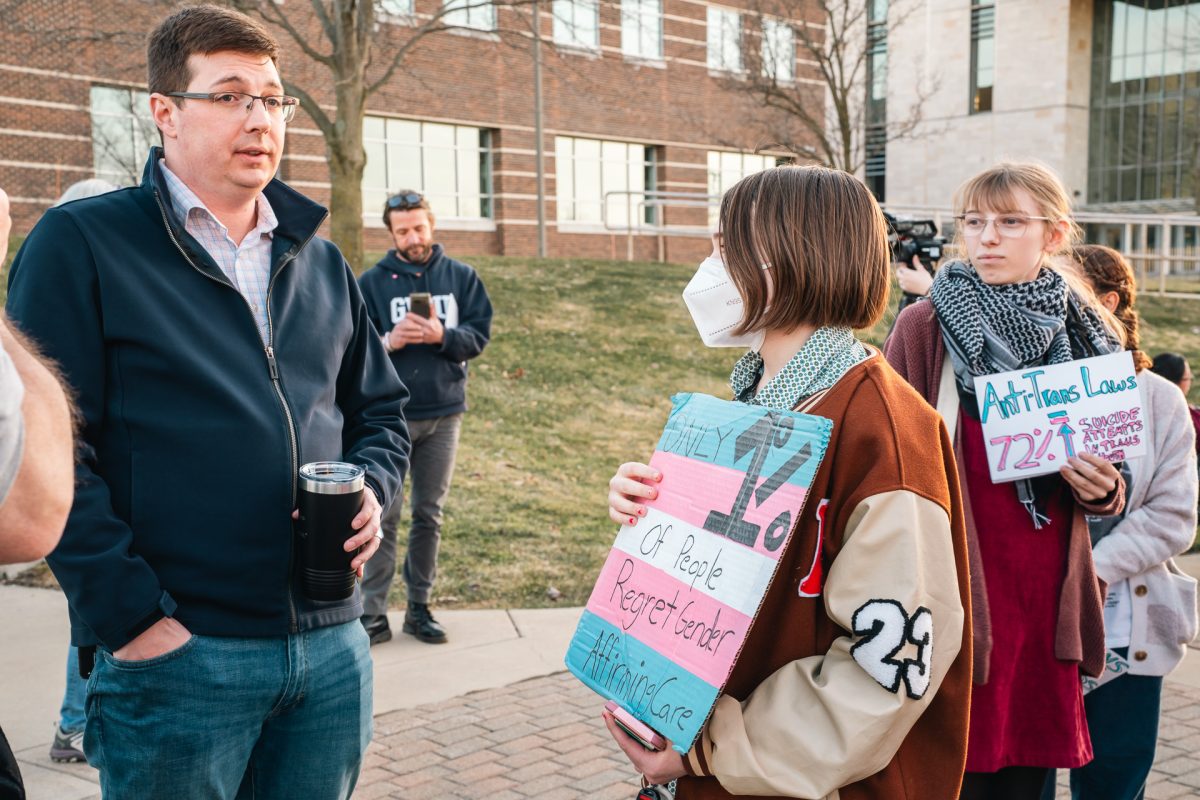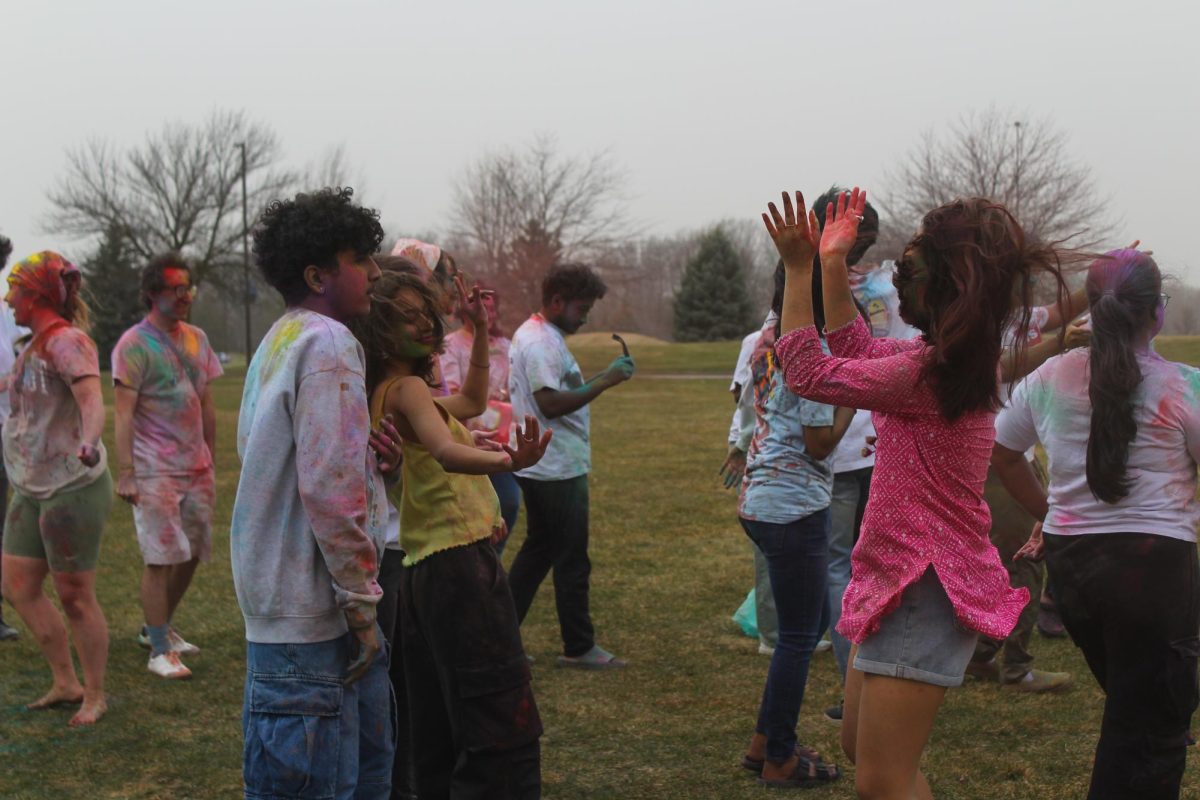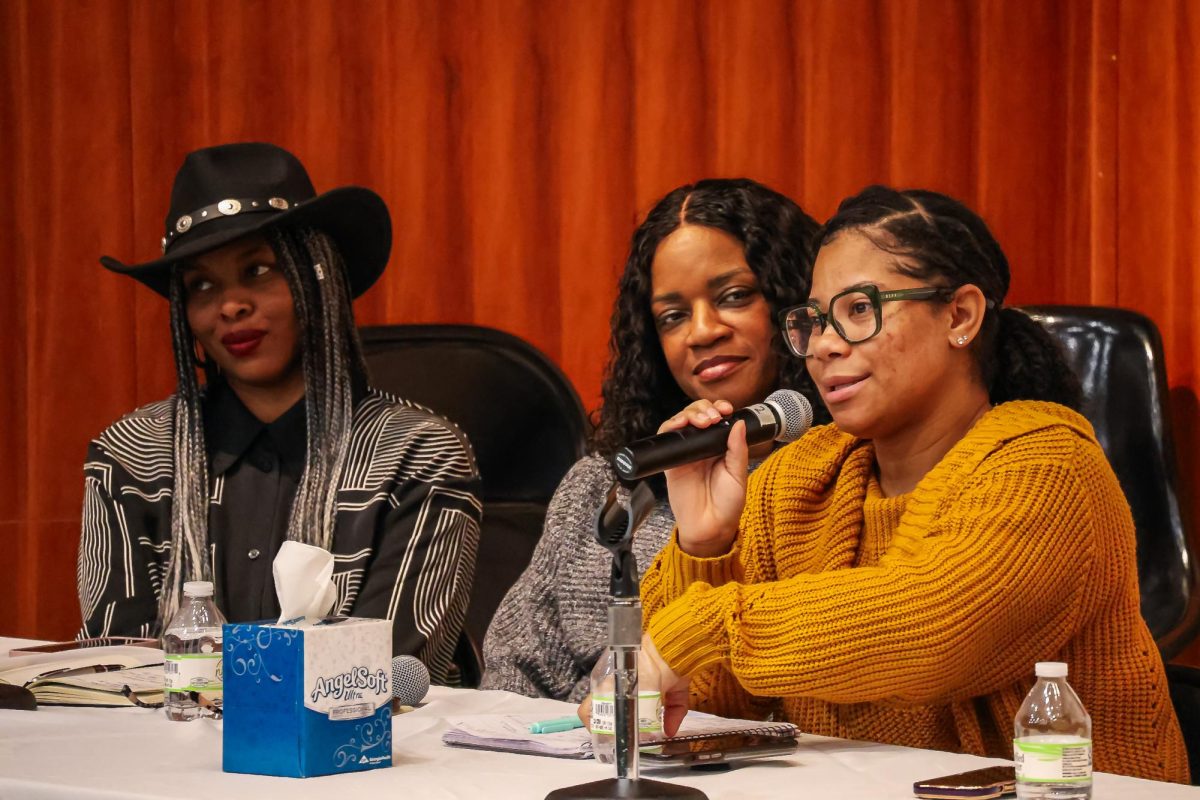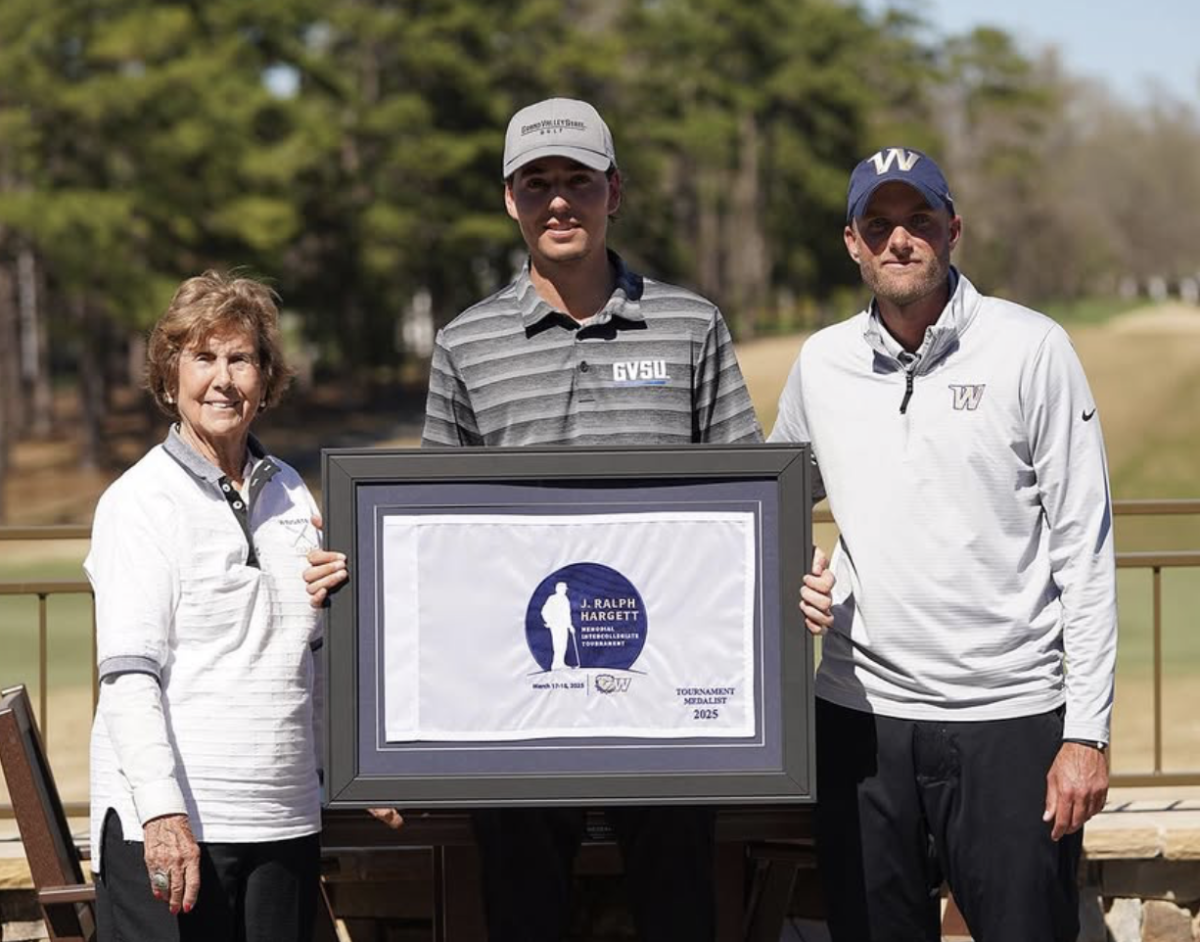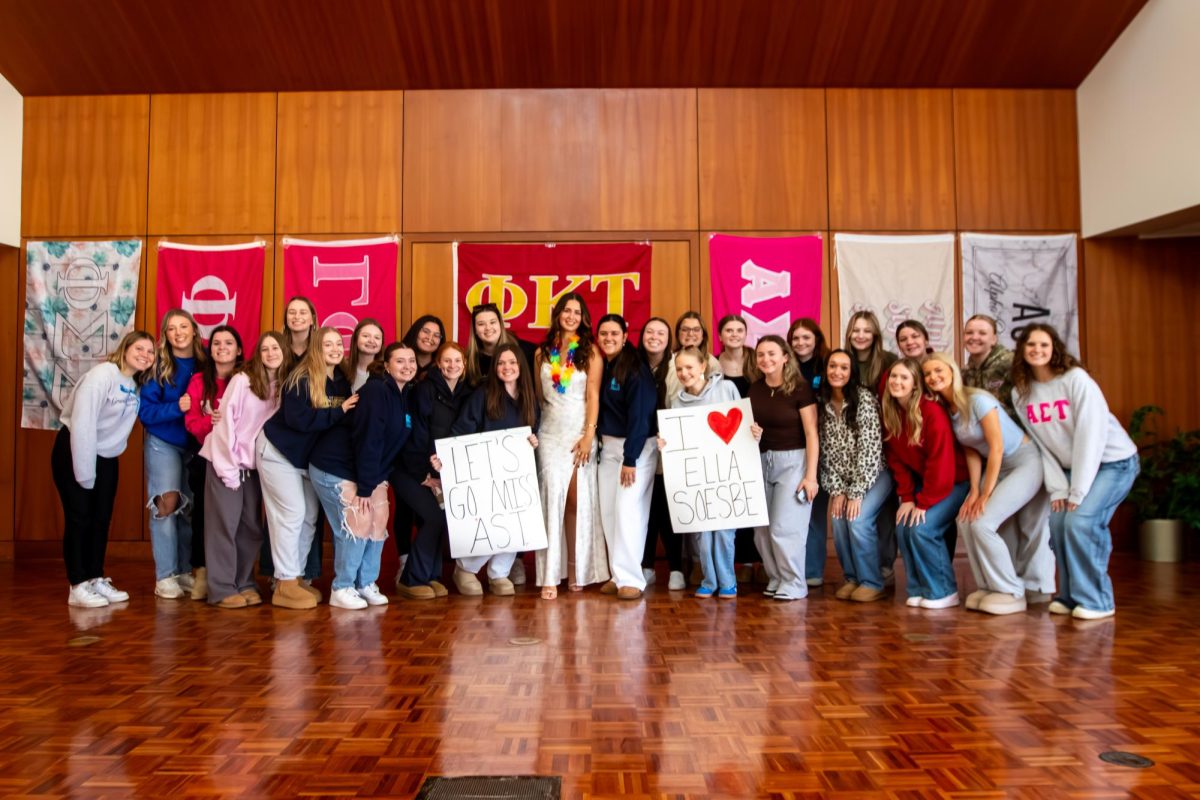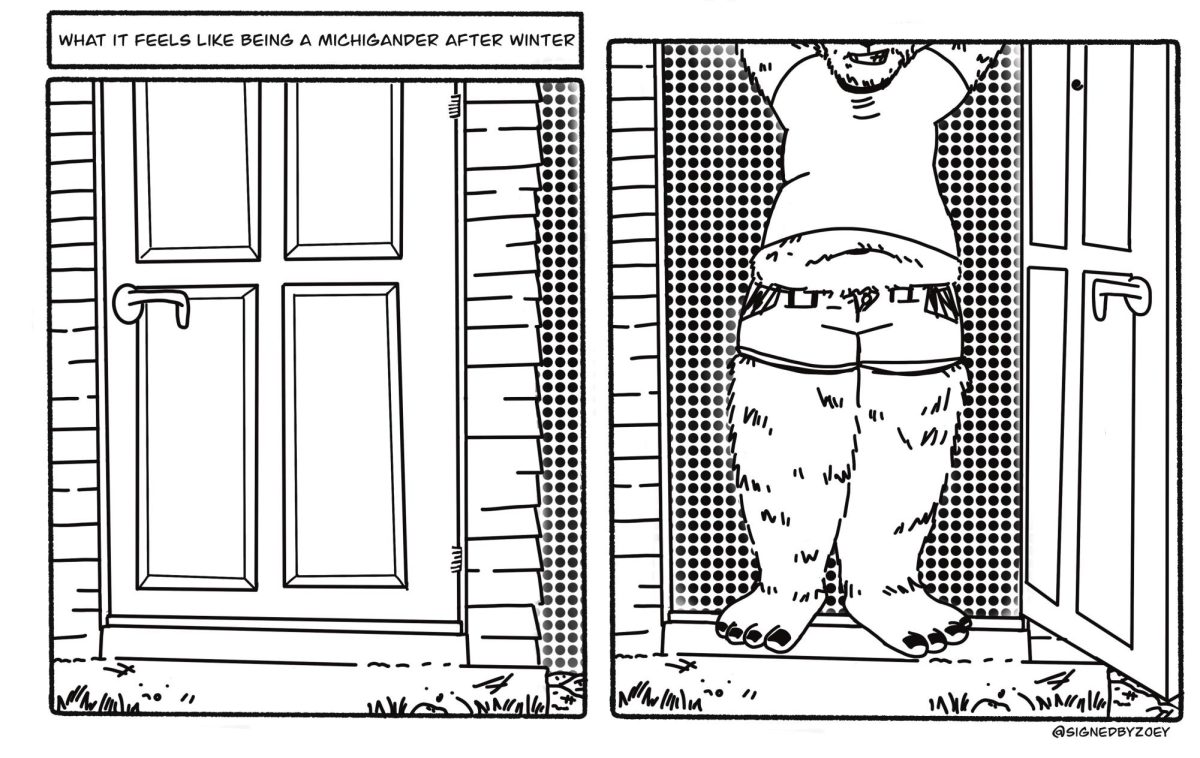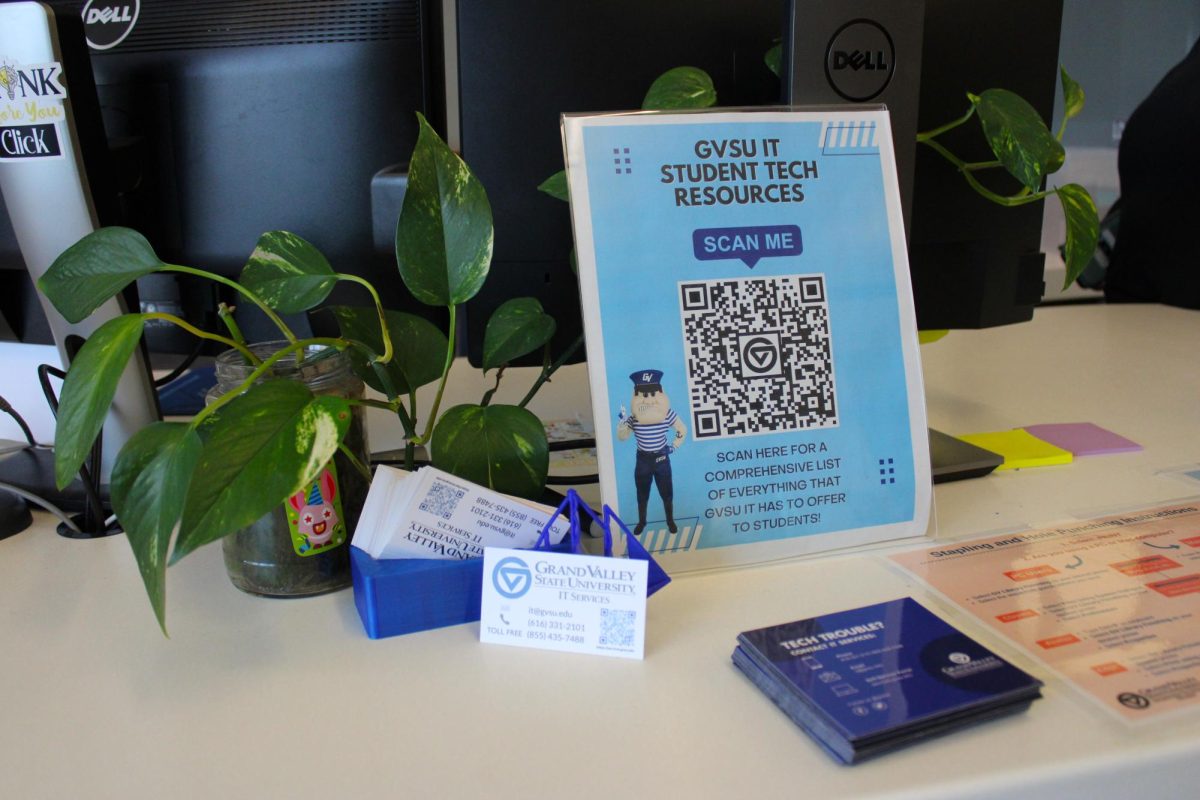Dissecting the “new normal”
Jan 24, 2022
Two years after the first case of COVID-19 was recorded in the United States, some cities are seeing their cases peak, and the end of their regional surges might be in sight. But Grand Valley State University is just starting to see the effects of the omicron surge, hitting 1,000 current active cases in the first week of classes.
Once this latest surge is over, questions will remain. How many more surges are in store? What will the much-anticipated “new normal” look like?
Dr. John O’Horo, a Mayo Clinic infectious disease specialist, hopes this will be one of the last major surges— but that depends on having a larger population of fully vaccinated people. However, almost a year after the first COVID-19 vaccines became available to high-risk groups, only 63.3% of people in the United States and only 58.4% of Michiganders are fully vaccinated.
COVID-19 will likely become an endemic disease. Like the flu, it won’t be eradicated, but will be “worse in certain times of the year,” and require regular revaccination as well as an occasional return to stricter public safety measures.
Another part of the new normal’s health and safety guidelines will be a re-alignment to the latest available science and data.
The dominant narrative in previous years was that COVID-19 is mostly spread through large droplets. However, in 2021 and 2022, the CDC and WHO have revised their policy to focus on the importance of aerosol transmission. This is why high-quality masks are such an important component of slowing the spread of COVID-19.
Increased vaccination rates and diligent masking, will also hasten the stabilization of the economy. In 2020, a “pessimistic” model from the Journal of Nuclear Medicine predicted a road to economic recovery that will stretch beyond 2024. Unemployment claims in Jan. 2022 exceeded predictions by 61,000 claims, a discrepancy attributed to the omicron surge.
The less tangible or measurable fallout of the pandemic, as COVID-19 becomes endemic and mundane, will be the fatigue and burnout stoked by the past two years.
Instead of using mental health as an excuse to not follow public safety measures, it may be time to start considering the exhaustive effects of living with the vast, grim reality of the COVID-19 pandemic as a factor in social, economic and political arenas. Many, in the U.S. and overseas, have caved to violent mass delusion, while others have embraced apathy and nonchalance.
In March 2020, when GVSU first shut down, early communications from the university suggested a return to normal by the end of the month. Many voices— from other schools, the state and the federal government— echoed the same sentiment. However, very quickly, the public realized the pandemic was going to last much longer than two weeks.
Now, in January 2022, as GVSU and the wider world are struggling to prevent outbreaks and coping with the prospect of new variants, they must also contend with the idea that COVID-19 won’t be going away.





